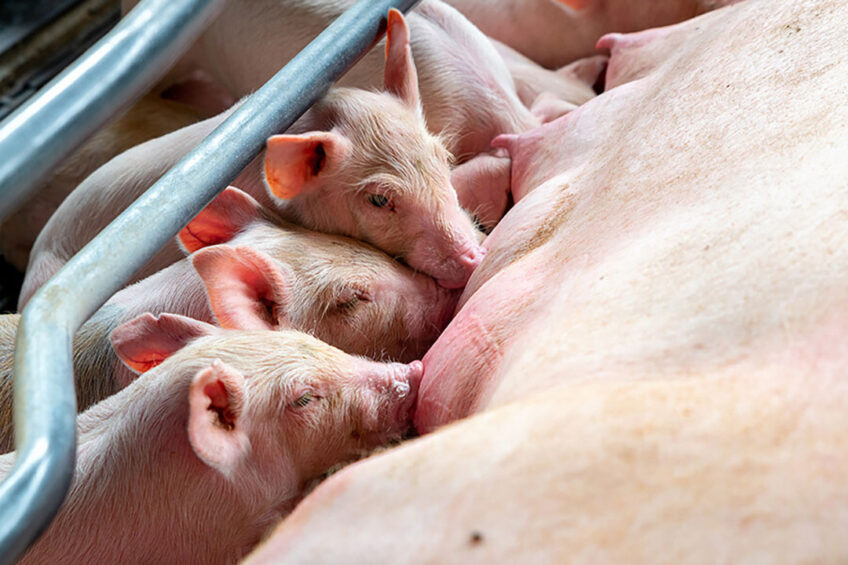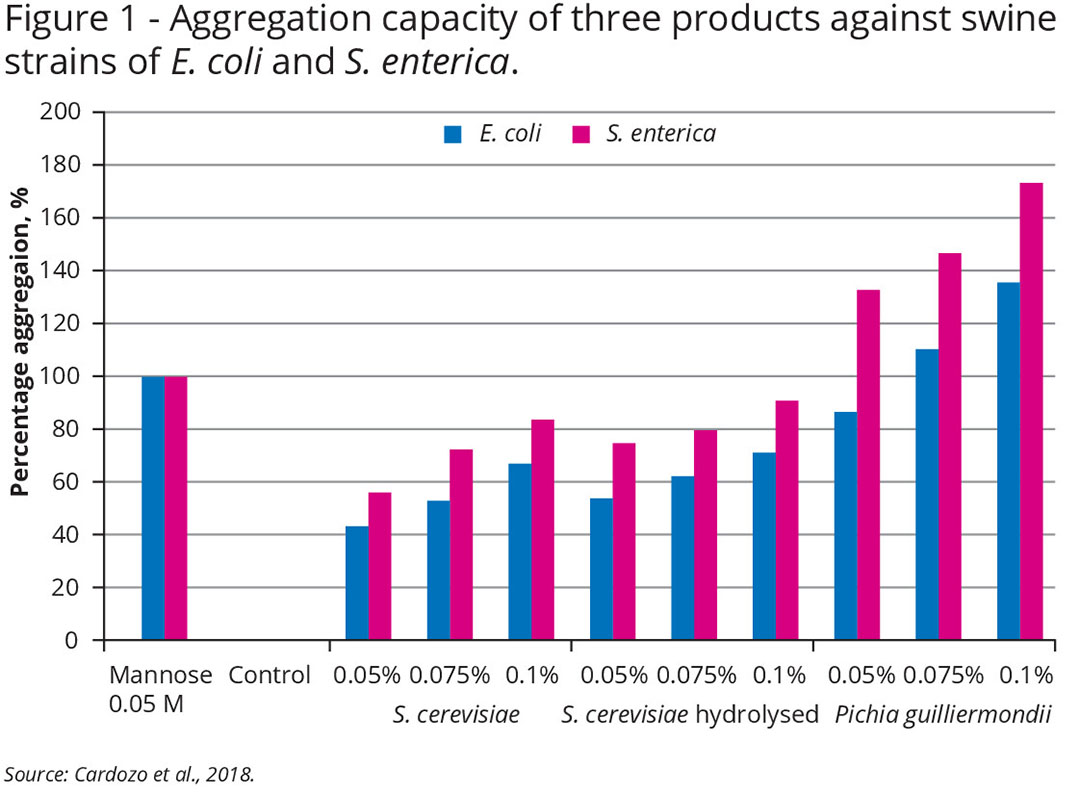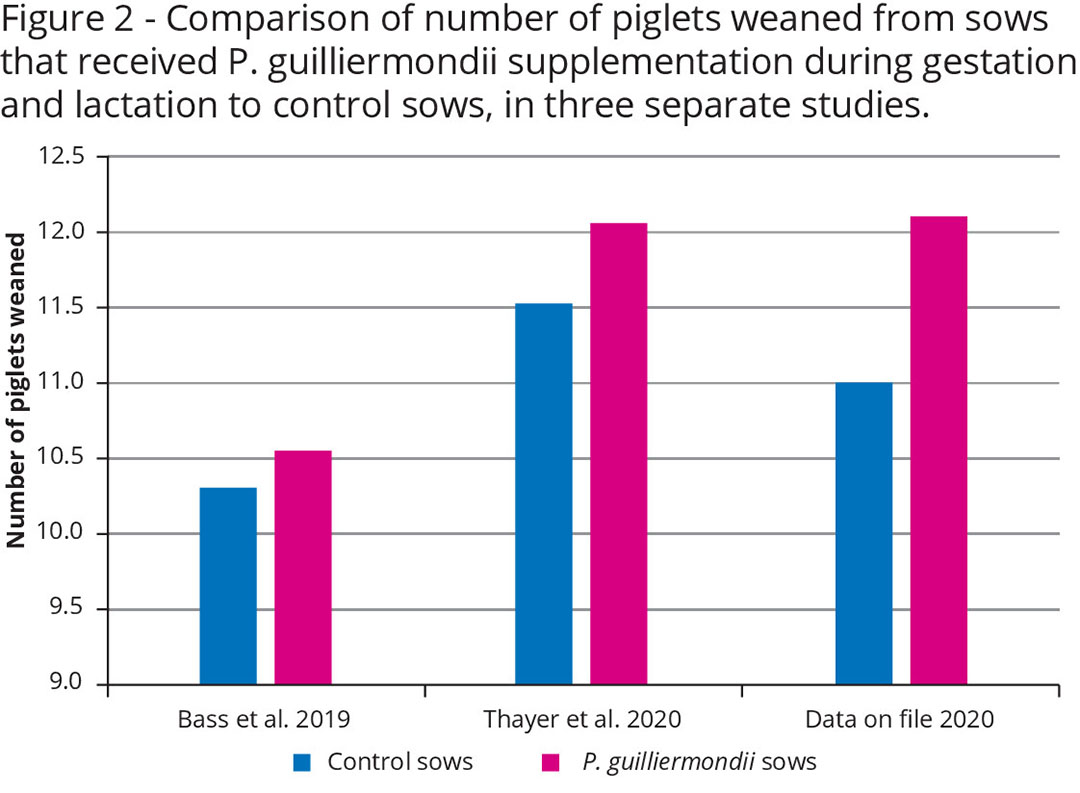A novel whole yeast for feed applications

In animal nutrition in the last 20 years, the yeast Saccharomyces cerevisiae has developed a name for being beneficial to pigs. Yet the world of yeasts is much larger – Pichia guilliermondii is a relatively novel type of yeast with promising potential for use in swine feed applications.
Yeasts have been fed to animals for over 100 years due to their nutritional richness and for their reported effects in supporting health and growth performance. Yeasts, yeast-derivatives and yeast-containing products are now extensively given in animal feeds around the world. There are literally hundreds of different yeast-based animal feed products available.
Evolved management practices
In recent years with the tightening of restrictions related to the use of growth-promoting antibiotics in animals and concerns about antimicrobial resistance, there is growing interest in evolved management practices, including the use of in-feed supplements that may help to optimise animal performance.
Commercial importance
Yeast cell walls contain various bioactive components such as β-glucans and mannan oligosaccharides, which have been demonstrated to have beneficial impacts across various species. Several studies have shown that dietary β-glucans interact with intestinal cells, affecting modulation of the intestinal immune response. Mannan oligosaccharides have been demonstrated to bind and limit the colonisation of intestinal pathogens, with beneficial consequences related to gastrointestinal health and performance. Taxonomically yeasts are broken up into 60 different genera, and within these genera are about 500 different species. Only a few yeast species have commercial importance. For animal feed applications, Saccharomyces cerevisiae is the most commonly used yeast.
Pichia guilliermondii
Pichia guilliermondii is a novel yeast with unique morphology, structure and consequent activity which has become available for use in feed applications only recently (CitriStim). The morphology, cell wall structure and composition of yeast cells used as animal feed additives are of interest as they influence the way the yeast cell behaves in the host’s intestinal environment, interacting with intestinal epithelium and luminal contents and containing pathogens.
The comparative morphology and physical characteristics of P. guilliermondii and S. cerevisiae have been assessed in a side-by-side study. There are significant differences between them: P. guilliermondii is a smaller cell and as such has a greater surface area to volume ratio. It is also significantly more hydrophobic compared to S. cerevisiae. Additionally, the distribution of various glycoproteins in the yeast cell wall varies, suggesting P. guilliermondii has a different cell wall structure and composition to S. cerevisiae. These particularities may be associated with significant differences in how the 2 yeast cells behave when used in animal feeding.
The function of P. guilliermondii and associated influence on physiological and performance parameters have been assessed across a variety of animal species. This body of research has focused on looking at the impact that may be associated with P. guilliermondii on the immune system, pathogen load, gastrointestinal health and performance, especially during stress and pathogenic challenges.

Promoting improved performance in swine
In vitro
P. guilliermondii has been demonstrated to be effective in binding or aggregating swine-specific strains of Escherichia coli and Salmonella enterica, and to a greater extent than S. cerevisiae-based solutions (see Figure 1).
P. guilliermondii has been studied in vivo in both experimental and commercial swine facilities and been demonstrated to be associated with various beneficial impacts on performance.
Of note, supplementing the gestation and lactation diets of sows and gilts with a P. guilliermondii feed additive has been associated with improved sow reproductive parameters related to fecundity and piglet performance. For example, in three separate studies, more pigs were weaned per litter among sows that received P. guilliermondii supplementation, compared to sows not receiving any P. guilliermondii supplementation (see Figure 2).

Novel yeast leading to feeding efficacy
P. guilliermondii is a novel yeast with unique morphological properties influencing its efficacy in animal feeding. Research has demonstrated its effectiveness in swine, especially in sows during gestation and lactation to support reproduction and piglet performance.
References available on request.











